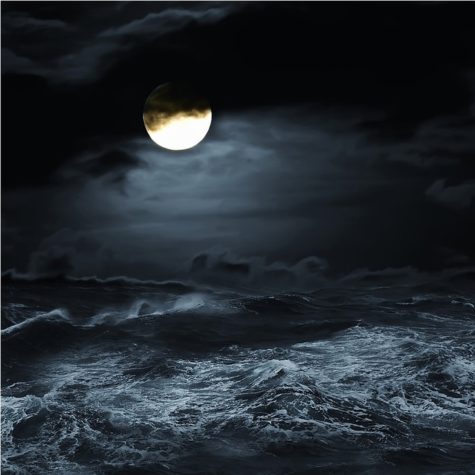March
The Ides of March is the name of the 15th day of March in the Roman calendar.
The word Ides comes from the Latin word “idus“, a word that was used widely in the Roman calendar indicating the approximate day that was the middle of the month. The term ides was used for the 15th day of the months of March, May, July, and October, and the 13th day of the other months. The Ides of March was a festive day dedicated to the god Mars and a military parade was usually held.
In modern times, the term Ides of March is best known as the date on which Julius Caesar was assassinated in 44 B.C. Caesar was stabbed to death in the Roman Senate by a group of conspirators led by Marcus Junius Brutus and Gaius Cassius Longinus.
Another point which arises is Shakespeare’s use of the Ides of March and (the lack of doubt in) Marcus Brutus’ decision to assassinate Caesar to portray an atmosphere of madness, pleasure, and pandemonium. It is said that on ides of March the sea succumbs to chaos and the full moon brings high tides. All these points give the Ides of March a very mysterious quality.
The ides were originally meant to mark the full Moon (the “halfway point” of a lunar month), but because the Roman calendar months and actual lunar months were of different lengths, they quickly got out of step. The ancient Romans considered the day after the calends (first of the month), nones (ninth day before the ides, inclusive), or ides of any month as unfavorable. These were called dies atri.
According to Plutarch, a seer had foreseen that Caesar would be harmed not later than the Ides of March; and on his way to the Theatre of Pompey (where he would be assassinated), Caesar met the seer and joked, “The ides of March have come”, meaning to say that the prophecy had not been fulfilled, to which the seer replied “Aye, Caesar; but not gone.” This meeting is famously dramatized in William Shakespeare’s play Julius Caesar, when Caesar is warned by the soothsayer to “beware the Ides of March.” Furthermore, Suetonius writes that the haruspex Spurinna warns Caesar of his death which will come “not beyond the Ides of March” as he is crossing the river Rubicon.
In Canada, the Ides of March is celebrated with the drinking of Bloody Caesars.
Here’s a recipe:
- 6 oz. Clamato Juice
- 1–1½ oz. Vodka
- 2 Dashes hot sauce
- 4 Dashes Worcestershire sauce
- Celery salt
- Freshly ground pepper
- Lime wedge
- 1 Crisp celery stalk
Rim the glass (usually a high ball glass) with celery salt, and a lime wedge.
Found at Wikipedia
A Storm moon is, according to weather folklore, the moon which occurs in March during shifting weather patterns in the northern hemisphere.
This is the month when Spring finally arrives, around the time of the Equinox, and we see new life begin to spring forth. As the Wheel of the Year turns once more, heavy rains and gray skies abound — the earth is being showered with the life-giving water it needs to have a fertile and healthy growing season. This is also a time of equal parts light and darkness, and so a time of balance.
Correspondences:
- Colors: Green, yellow, light purple
- Gemstones: Bloodstone, aquamarine
- Trees: Dogwood, honeysuckle
- Gods: Isis, the Morrighan, Artemis, Cybele
- Herbs: High John, pennyroyal, wood betony, apple blossom
- Element: Water
Use this month for magical workings related to rebirth and regrowth. New life is blooming during this phase of the moon, as is prosperity and fertility.
More March moon lore:
As the temperature begins to warm and the ground begins to thaw, earthworm casts appear, heralding the return of the robins. The more northern Native American tribes knew this Moon as the Full Crow Moon, when the cawing of crows signaled the end of winter; or the Full Crust Moon, because the snow cover becomes crusted from thawing by day and freezing at night.
The Full Sap Moon, marking the time of tapping maple trees, is another variation. To the settlers, it was also known as the Lenten Moon, and was considered to be the last full Moon of winter.
It is also called seed moon, moon of winds, crow moon, moon of the snow-blind, and Full Worm Moon.
Source: Unknown





